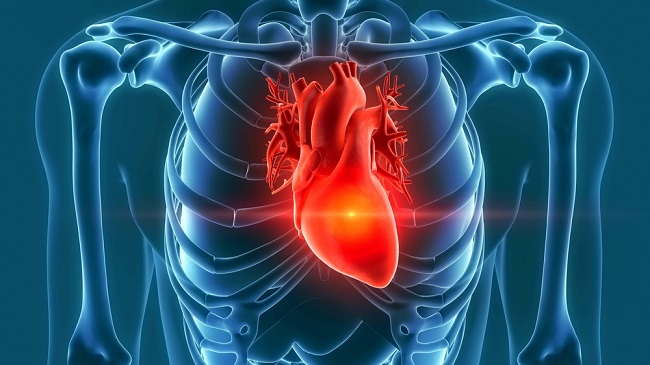New Classification for Heart Disease Patients with Angina
Published: 2 September 2024
Researchers have proposed a new classification system for angina patients, co-authoring a scientific consensus statement introducing new terminology for ischaemic heart disease, which is the leading cause of death in men and women worldwide.
Researchers have proposed a new classification system for angina patients, co-authoring a scientific consensus statement introducing new terminology for ischaemic heart disease, which is the leading cause of death in men and women worldwide.

The scientific statement – simultaneously published in both the U.S. journal Circulation and the European Heart Journal – was co-authored by Colin Berry, Professor of Cardiology and Imaging in the University of Glasgow, and Director of Research at the Golden Jubilee University National Hospital.
It is hoped the new scientific statement will help improve clinical guidelines for clinicians and lead to better care for patients with heart disease around the world.
The work is the result of a collaboration of 14 international heart disease experts, including editors of Circulation, the European Heart Journal, and Journal of the American College of Cardiology, which are the primary journals of the American Heart Association, the European Society of Cardiology and the American College of Cardiology, respectively.
Terminology is important in medicine, and this is especially the case for the diagnosis and treatment of patients with heart disease. Since the 1960s, multiple terms have been used to categorise the causes of angina and myocardial infarction (heart attack).
A specific issue on nomenclature relates to coronary artery disease (atherosclerosis) which historically has been viewed as being required for the diagnosis of angina and heart attack.
Based on research in the University of Glasgow and NHS Golden Jubilee (from the CorMicA trial, funded by the British Heart Foundation), and by other researchers, the cause of angina and heart attack is often ‘cardiac small vessel disease’ and ‘vessel spasm’, even in otherwise normal coronary arteries without atherosclerosis.
The CorMicA study demonstrated that coronary artery disease most often causes angina in men, whereas small vessel disease most often causes angina in women.
Considering terminology, if doctors view angina as only being caused by coronary artery disease – as per the historical term ‘stable coronary artery disease’ - then individuals with small vessel disease (most often women) are more likely to be falsely reassured as not having angina (misdiagnosed) and under-treated. Such issues underpin sex-related disparities in cardiovascular medicine.
The authors of this scientific statement have addressed these issues by proposing a unifying term of ‘Myocardial Ischaemic Syndrome’ and related subclassifications, representing a more representative and inclusive approach.
Colin Berry is a founding member of the writing group, authored the text and illustrated the figures. This work aligns with his role as lead clinician for the Ischaemic Heart Disease Working Group of the British Cardiovascular Society.
Prof Colin Berry said: “I was delighted to be part of this important international collaboration, which will hopefully lead to improved care outcomes for heart disease patients and new clinical practice guidelines for clinicians.
“This collaboration is a great example of how international clinicians, when working together, can help improve care for patients across the world.”
Enquiries: ali.howard@glasgow.ac.uk or elizabeth.mcmeekin@glasgow.ac.uk
First published: 2 September 2024

